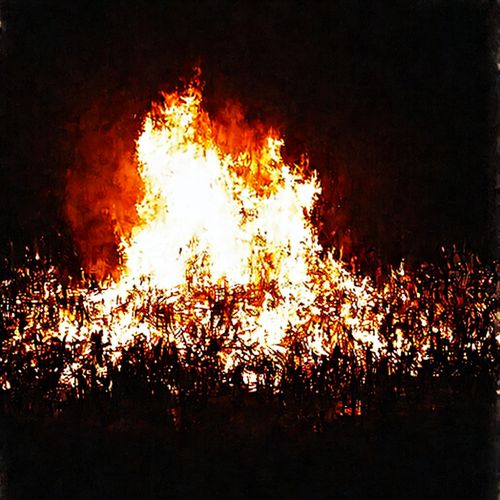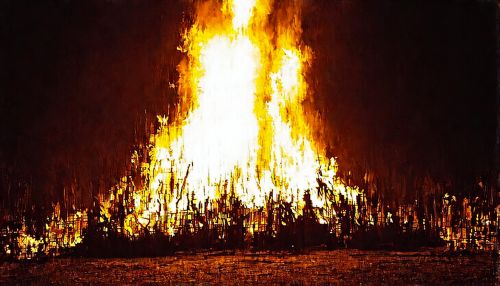Beltane
Origins and History
Beltane is a traditional Celtic festival celebrated on the first day of May. The festival marks the beginning of the pastoral summer season when livestock were traditionally driven out to the summer pastures. The origins of Beltane can be traced back to the ancient Celtic cultures of Ireland and Scotland. The festival was traditionally associated with the Celtic god Beli Mawr, who was revered as a deity of light and fire.


Beltane is one of the four major Celtic festivals, along with Samhain, Imbolc, and Lughnasadh. These festivals divide the year into four major sections, marking significant transitions in the agricultural calendar. Beltane, in particular, celebrates the arrival of summer and the fertility of the coming year.
Rituals and Traditions
The most significant aspect of Beltane is the lighting of Beltane bonfires, which harks back to the festival's origins as a fire festival. The fires were believed to have protective properties, and people would leap over the flames or pass their livestock through the smoke as a purification ritual.
Another common tradition is the Maypole dance. Participants dance around a tall pole, weaving colorful ribbons around the pole as they go. This is thought to symbolize the union of the masculine and feminine, reflecting the fertility themes of the festival.
Modern Celebrations
Today, Beltane is celebrated by many people around the world, particularly in Celtic communities and among Neopagans. Modern celebrations often incorporate traditional elements such as bonfires and Maypole dances, as well as other rituals that celebrate the coming of summer and the fertility of the earth.
In Edinburgh, Scotland, the Beltane Fire Society hosts an annual public festival on Calton Hill, which draws thousands of spectators. The event includes a procession, the lighting of a large bonfire, and performances inspired by ancient folklore.
Cultural Significance
Beltane holds a significant place in Celtic culture and folklore. It is a time of transition and transformation, marking the end of the dark half of the year and the beginning of the light half. It is also a time of fertility and abundance, celebrating the life-giving properties of the sun.
In literature and popular culture, Beltane often symbolizes magical or supernatural events. For example, in the Arthurian legend, it is on Beltane that Sir Gawain must face the Green Knight, and in the television series Outlander, Beltane is a time when the boundaries between worlds are thin and time travel is possible.
